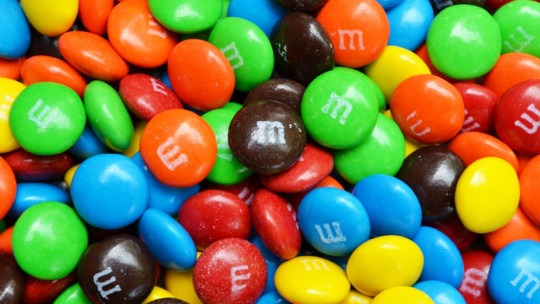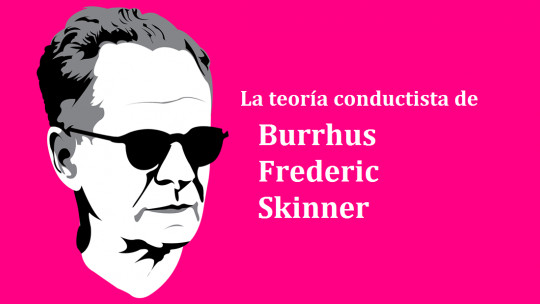
Shaping is a technique that is used to promote learning, especially in minors with special needs. It was first described by psychologist BF Skinner, father of operant conditioning, and was a fundamental milestone in the development of this behavioral paradigm.
In this article we will explain What is shaping, also called “method of successive approximations” because it basically consists of selectively reinforcing a behavior so that it ends up adopting a certain topography and function. We will also discuss some of the operant techniques that are often used in conjunction with shaping.
What is molding?
Shaping is a learning paradigm that is framed in operant conditioning. In the context of applied behavior analysis, which was developed by Burrhus Frederick Skinner, behavior shaping is typically carried out through the method of differential reinforcement by successive approaches.
These procedures are based on the progressive modification of an existing response in the behavioral repertoire of the learning subject. By selectively reinforcing behaviors that are increasingly similar to the one that is intended to be established, these are strengthened while those that are less precise tend to become extinct due to the lack of contingency with reinforcements.
So, The fundamental mechanism of these behavioral techniques is reinforcement, particularly the differential type. Since the mid-20th century we have known that it is more effective to focus instructional processes on reinforcing desirable behaviors than on punishing incorrect ones, both for ethical and other purely practical reasons.
Shaping is one of the operant techniques used to develop behaviors. In this sense it is similar to chaining, in which learning consists of combining simple behaviors present in the subject’s repertoire with the aim of forming complex behavioral chains, such as starting a vehicle or playing a musical instrument.
A special variant of this operant paradigm is self-shaping, in which a conditioned stimulus is paired with another unconditioned stimulus without the behavior of the learning subject influencing the process. Therefore, Self-shaping is not included in operant or Skinnerian conditioning but from the classical or Pavlovian.
The method of successive approximations
To apply the shaping and the method of successive approximations, it is first necessary to determine what is the final behavior that the subject must learn to execute. Their repertoire of responses is then evaluated, usually through behavioral tests, to identify one that may be a good starting point for learning.
Specifically, the objective is select a behavior that the subject can carry out without problem and that it resembles the target response as closely as possible, both in its topographical aspect (eg type of muscular movements involved) and in its functional aspect; This term refers to the goal or function that a given behavior fulfills.
The next step is to determine the steps that will take you from the initial behavior to the final one, that is, successive approximations to target behavior. It is advisable to rehearse the sequence before applying it and, if necessary, it is also advisable to review it during the shaping process in order to enhance its effectiveness.
Molding has been used successfully in a number of different applications. Among the most relevant we find special education (such as cases of autism and functional diversity in general), motor rehabilitation after injuries and sexual dysfunctions; The Masters and Johnson method of treating erectile dysfunction is a good example.
Associated operant techniques
Shaping is generally not applied in isolation, but in a broader intervention context: that of the operant conditioning paradigm, and in particular in applied behavior analysis, which was developed by Skinner and in which many originally emerged. of the operant techniques that we know today. This was based on associating certain actions with the stimuli produced by the effects that that behavior has when applied to the environment.
To enhance the effectiveness of the method of successive approximations, this It is usually combined with other operant procedures. In this sense, it is worth highlighting the application of discriminative stimuli that inform the subject that if he emits the correct behavior he will obtain reinforcement and the progressive fading of these.
The final objective is that the target behavior becomes controlled by natural reinforcements, such as social reinforcements (such as smiles and even attentive glances), and not by discriminative stimuli, which are a good way to develop behaviors but not to keep them. This process can be called “transfer of stimulus control.”
Other operant techniques that are frequently associated with shaping are modeling which consists of learning through observation of the behavior of others, verbal instructions and physical guidance, which would occur when a psychologist moves the hands of the child she is helping to educate to indicate how to use a zipper.








